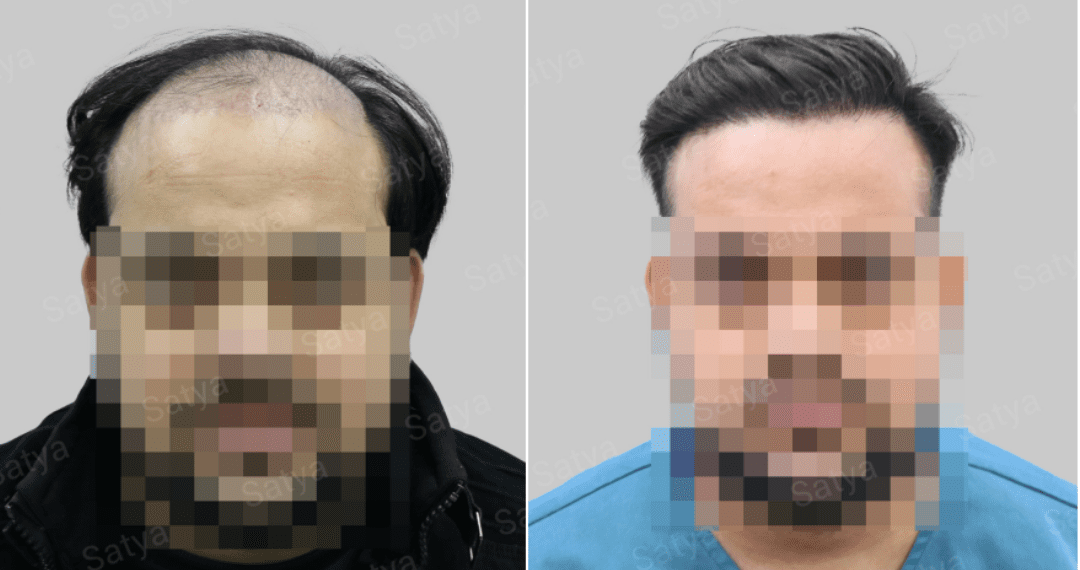Hair restoration has witnessed groundbreaking advancements, with synthetic hair transplant and innovative repair techniques emerging as game-changers in the quest for a fuller, natural-looking mane. This article delves into the fascinating world of synthetic hair transplant, exploring their benefits, the state of the art in repair procedures, and the unique approaches that set them apart.
Table of Contents
The Evolution of Hair Transplantation: A Brief Overview
Before we delve into the realm of synthetic hair transplant, let’s take a moment to understand the evolution of traditional hair transplantation methods. From strip harvesting to follicular unit extraction (FUE), these techniques have paved the way for the revolutionary procedures we witness today.
Synthetic Hair transplant: Redefining the Landscape (continued)
The Advantages of Synthetic Hair transplant
Versatility: Synthetic hair transplant offers a broader range of options in terms of hair types, colors, and textures, allowing individuals to customize their look with precision.
Faster Results: Unlike traditional methods that may take months to show visible improvements, synthetic transplant provides immediate results, boosting the patient’s confidence almost instantly.
Minimal Downtime: The minimally invasive nature of synthetic transplant results in shorter recovery periods, enabling individuals to resume their daily activities sooner than with conventional procedures.
Addressing Concerns and Misconceptions
Natural Appearance: Critics often express concerns about the artificial look of synthetic transplant. However, advancements in technology and materials have led to remarkably natural-looking results, blurring the lines between natural and synthetic hair.
Long-Term Durability: Some skeptics question the durability of synthetic implants. Modern materials are designed to withstand the test of time, ensuring a lasting and resilient solution for hair loss.
Repairing Hair transplant: Navigating the Challenges
While traditional hair transplants have proven effective, some individuals may experience complications or unsatisfactory results. Repair hair transplant procedures have thus become essential in addressing these challenges and ensuring patients achieve the desired outcome.
Common Issues with Traditional transplant
Unnatural Hairlines: Poorly executed hairlines can be a common concern, leading to an artificial appearance.
Scarring: Traditional methods may leave visible scars, impacting both the aesthetic and psychological aspects of the procedure.
Graft Survival Issues: In some cases, transplanted hair may not thrive as expected, necessitating corrective measures.
Innovative Repair Techniques
Follicular Unit Excision (FUE) Repair: FUE repair involves the extraction and redistribution of poorly placed grafts, correcting unnatural hairlines and minimizing scarring.
Platelet-Rich Plasma (PRP) Therapy: PRP therapy enhances the healing process and promotes graft survival, addressing complications related to poor blood supply.
Stem Cell Therapy: Stem cells have shown promise in repairing damaged follicles and promoting natural hair growth, offering a regenerative approach to address transplant issues.
The Future of Hair Restoration: Integrating Technology and Biology
As technology continues to advance, the future of hair restoration holds even more promise. Integrating artificial intelligence, 3D printing, and bioengineering will likely lead to unprecedented solutions for hair loss.
AI-Assisted Hairline Design
Utilizing AI algorithms for precise hairline design ensures a more natural and personalized outcome, enhancing the overall aesthetic appeal of hair restoration.
3D Printing for Hair Follicle Generation
Advancements in 3D printing technology may pave the way for the creation of artificial hair follicles, offering a groundbreaking alternative for those seeking a permanent solution to hair loss.
Bioengineered Hair Growth
Researchers are exploring the use of bioengineered materials to stimulate natural hair growth, providing a regenerative approach that goes beyond traditional transplantation methods.
Conclusion: Embracing the Future of Hair Restoration
In conclusion, the landscape of hair restoration is evolving rapidly, with synthetic hair transplant and innovative repair techniques offering new hope for those grappling with hair loss challenges. As technology continues to merge with biological advancements, the future holds endless possibilities, promising not just restoration but a transformation in the way we perceive and achieve a full head of hair.

